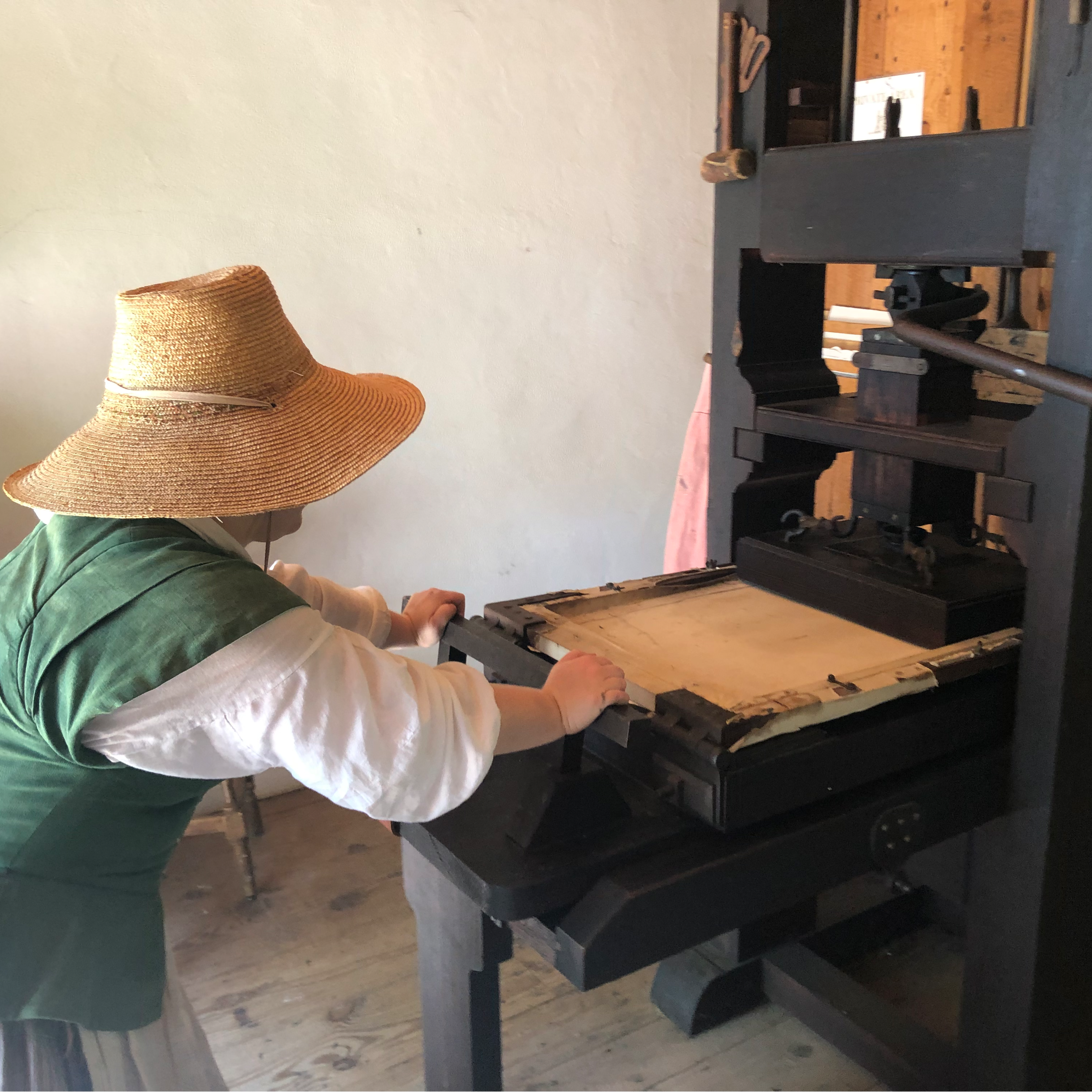The key thing to me as a teacher is that History should feel relevant and rich and fascinating to students... and his book is far from dusty and dry.
As I look ahead to what seems like a largely lost Winter curriculum-wise and a (hopefully) brighter Spring and Summer which will be spent in our Outdoor Classroom, I am thinking of topics that I'd like to teach if our school year were extended to make use of the warm Summer months. I like the idea of Ancient Greece in June, something with Botany or Microbiology in July, and then maybe Ancient Rome in August. Although I am always tempted to bring History into the lessons about Ancient Mesopotamia and Ancient Egypt, Waldorf technically keeps everything strict mythology up to and until the end of grade 5 with Greek Mythology. In grade 6 students revisit Greece but with a block on its History, then Roman History, and then the Middle Ages.
Of course, there are many conversations happening on how we can adjust this traditional curriculum from 1919 to be less Eurocentric. Last weekend the annual teacher's conference hosted by Sunbridge was about "Uncovering and Dismantling Racism in the Waldorf Movement" and it was fantastic! There were three amazing presenters from Alma Partners: Keelah Helwig, Vicki Larson, and Heather Scott.
There were many conversations about racial bias (identifying one's own, as well as uncovering what is embedded in the curriculum). I am really interested in how to make changes to the traditional Waldorf curriculum. Sixth grade is a perfect example. I think many schools are combining Greek & Roman History to give time to another Cultural block.
One idea is to do a block on Native Cultures in Central & South America this year, so that in the 7th grade Age of Exploration students have a better idea of both sides of the story of colonization.
Another idea is to do Native Cultures in Oceania in combination with the classic Waldorf 6th grade Astronomy topic, since Astronomy was so key in navigation and the amazing journeys of exploration that those sailors did.
And a new idea I heard last weekend is to do Ancient and Medieval China in combination with the classic Waldorf 6th grade Business Math block. I think that makes a lot of sense! And if I hit Greece and Rome over the summer, I can have plenty of time for other Cultural explorations next school year.
You could also perhaps combine the topic of Greek & Roman History with the classic Waldorf 6th grade Physics block of Sound, Light, Heat, Magnetism & Static Electricity. That would be really useful... since there's a LOT of Science that needs to be covered in grade 6... and you could just narrow your focus to a look at famous mathematicians and major technological inventions?
Regardless of upcoming changes that may be made to topics and flow of the curriculum, I think Roman History will likely stay in some abbreviated form or fashion and since I am looking forward to teaching it, I thought I would make up a quick booklist of the resources I have on the topic:
Options for the Main Text
Augustus Caesar's World: 44 BC to AD 14
by Genevieve Foster
When the World Was Rome: 753 BC to AD 476
by Polly Schoyer Brooks and Nancy Zinsser Walworth
Ancient Rome
by Charles Kovacs
this is better for teacher background -- it's really long
Supplemental Resources
When Rome Ruled the World: The Roman Empire 100 BC to AD 200
by Time-Life Books
Around the Roman Table: Food and Feasting in Ancient Rome
by Patrick Faas
The Technology of Ancient Rome
by Naomi McCullough
City: A Story of Roman Planning and Construction
by David Macaulay
A Roman Fort
by Fiona Macdonald
The Roman Colosseum
by Don Nardo
Buried Blueprints: Maps and Sketches of Lost Worlds and Mysterious Places
by Albert Lorenz
illustration VIII, "Man Against Woman"
Life of a Roman Slave
by Don Nardo
You Wouldn't Want to Be a Roman Gladiator
by John Malam
You Wouldn't Want to Be a Roman Soldier
by David Stewart
Going to War in Roman Times
by Moira Butterfield
The Roman Army
by Peter Connolly
The Legionary: Tiberius Claudius Maximus
by Peter Connolly
Historical Fiction
Milon and the Lion
by Jakob Streit
Geron and Virtus: A Fateful Encounter of Two Youths
by Jakob Streit
also available as a FREE downloadable PDF from the Online Waldorf Library
The Bronze Bow
by Elizabeth George Speare
The Roman Britain Trilogy by Rosemary Sutcliff
Books in Latin
Regulus / The Little Prince
by Antoine de Saint-Exupéry
Winnie Ille Pu / Winnie-the-Pooh
by A.A. Milne
Alicia in Terra Mirabili / Alice's Adventures in Wonderland
by Lewis Carroll
Of course, Rome comes up in the story of our letters, our numbers, and our calendars. Waldorf does Roman Numerals in grade 1 (when first introducing the numbers) and grade 2 (in the Shapes & Number Patterns block) and the story of Clocks & Calendars in grade 3 (as part of the Maths of Practical Life).
Montessori does the Story of Written Language as the Fourth Great Lesson and the Story of Numbers as the Fifth Great Lesson. If you haven't done these topics, or want to revisit the Roman contributions to each, I suggest:
Ox, House, Stick: The History of Our Alphabet
by Don Robb
The History of Counting
by Denise Schmandt-Besserat
The Story of Clocks and Calendars
by Betsy Maestro
This post contains affiliate links to materials I truly use for homeschooling. Qualifying purchases provide me with revenue. Thank you for your support!
































 Immersive Experience
Immersive Experience Immersive Experience
Immersive Experience








No comments:
Post a Comment